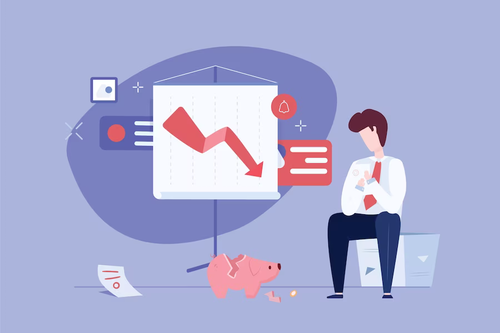What are Current Liabilities?

Current liabilities are a company’s financial obligations that are due within one year or the normal operating cycle of the business, whichever is longer. These liabilities are typically settled using the company's current assets, such as cash on hand or inventory, and are considered short-term debts.
Examples of current liabilities include accounts payable, accrued expenses, and short-term loans. These obligations are typically paid off using current assets that the company expects to convert to cash within the next year.
Accounts payable represent the amount of money owed to suppliers for goods or services received but not yet paid for. Accrued expenses are costs that a company has incurred but has not yet paid, such as salaries, interest, and utilities. Short-term loans are borrowed funds that a company must repay within the next year.
It is important for businesses to keep track of their current liabilities, as they can affect the company’s liquidity and ability to meet financial obligations. A company with a high level of current liabilities may have difficulty obtaining additional financing or may need to liquidate assets to meet its obligations.
To calculate a company’s current ratio, which measures its ability to pay off its current liabilities with its current assets, divide its current assets by its current liabilities. A higher current ratio indicates that the company is in a better position to meet its short-term financial obligations.
In summary, current liabilities are a critical component of a company's financial health and stability. By monitoring and managing these short-term obligations, businesses can ensure that they remain financially stable and able to meet their obligations.
